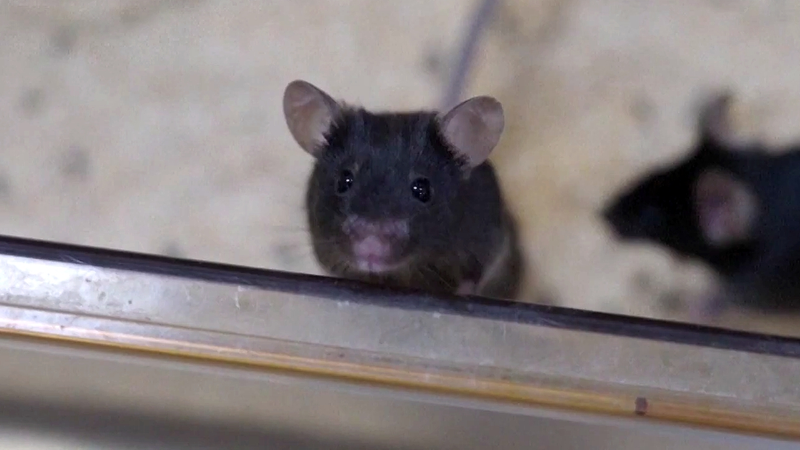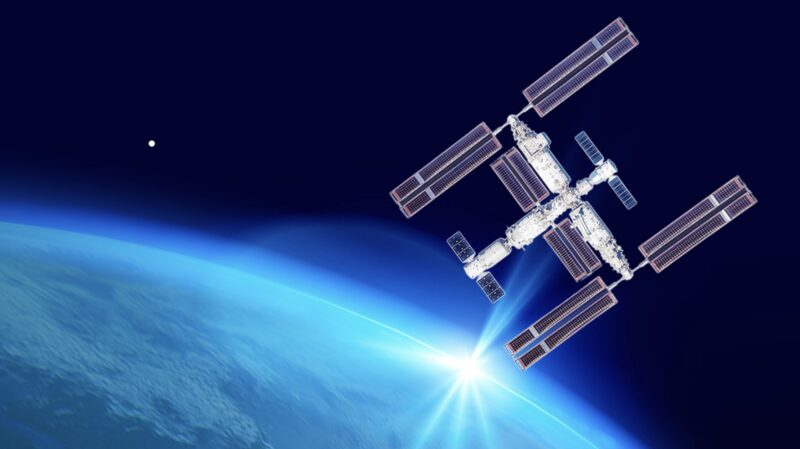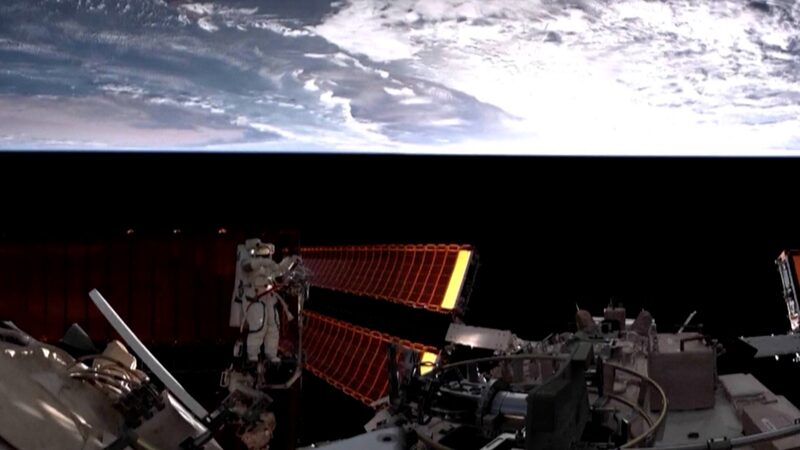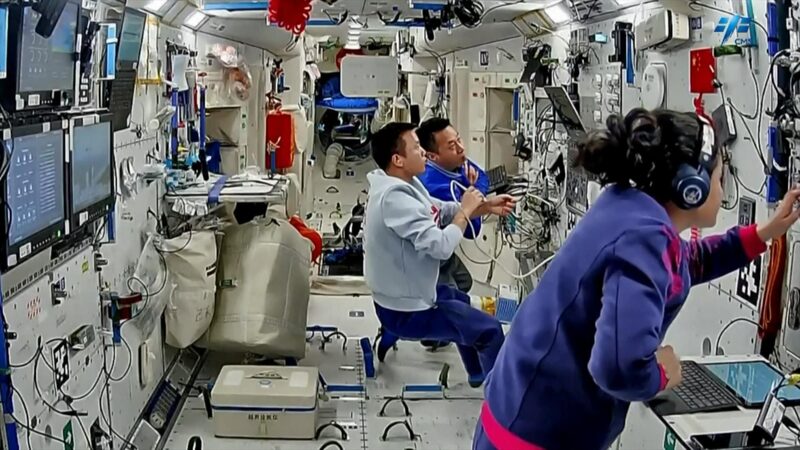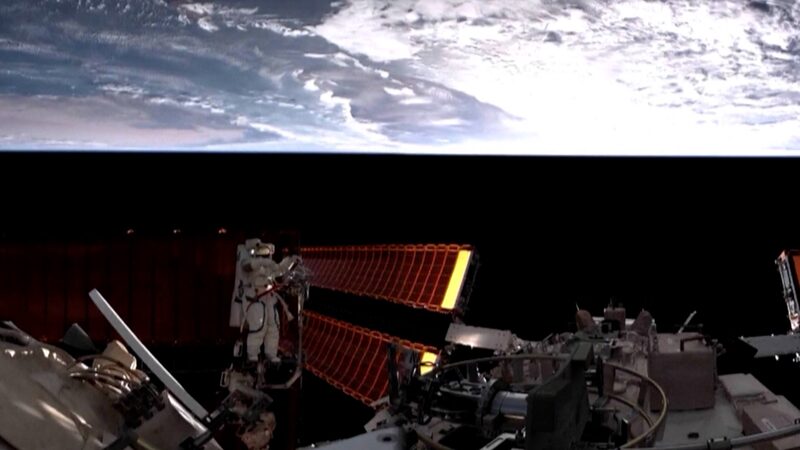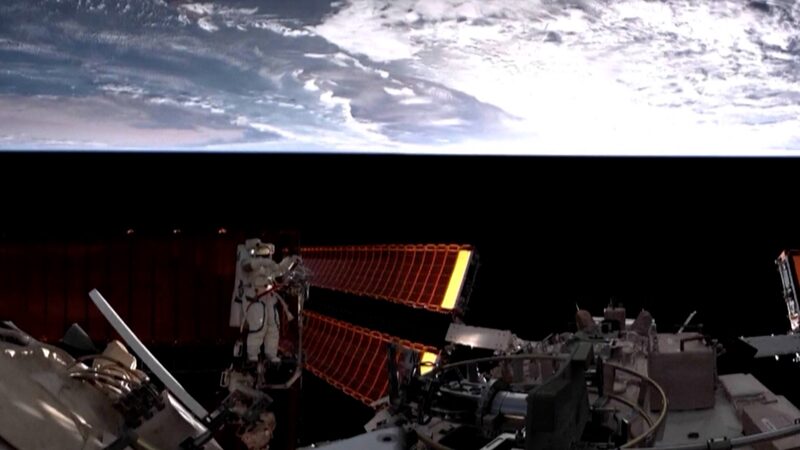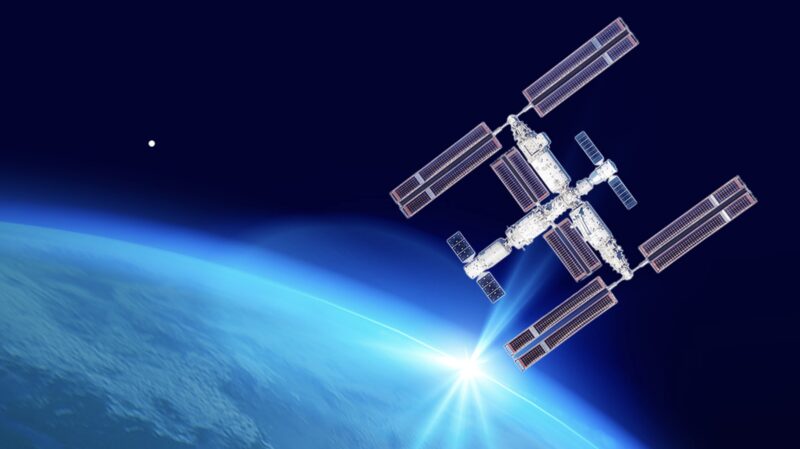Four mice have become unlikely pioneers in China’s space exploration program, adapting remarkably to life aboard the Tiangong space station alongside the Shenzhou-21 astronaut crew. Recently transmitted footage shows the rodents active and healthy, marking a milestone in understanding long-term biological responses to microgravity.
The experiment, led by the Chinese Academy of Sciences (CAS) and China Manned Space Agency (CMSA), aims to study physiological changes in mammals during extended space missions. Researchers highlight the importance of such biomedical research for future human deep-space exploration, including potential crewed missions to the Moon and Mars.
Dr. Li Wei, a lead scientist on the project, explained: "Observing how these small mammals adapt to space environments helps us develop countermeasures against muscle atrophy and bone density loss in astronauts. Their resilience could unlock new approaches to human health in space."
The mice reside in a specialized habitat with controlled temperature, food supply, and air circulation. While challenges like spatial constraints and radiation exposure persist, early data suggests successful adaptation—a promising sign for China’s ambitions to establish permanent orbital research facilities.
This initiative aligns with broader international efforts to advance space medicine, offering potential spin-off applications for Earth-based healthcare. As China expands its Tiangong station, such experiments position the country as a key contributor to humanity’s extraterrestrial future.
Reference(s):
China's 'mice astronauts' and their challenging journey to space
cgtn.com
